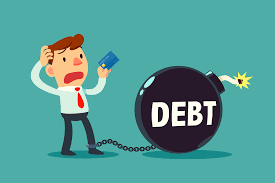
The differentiation between good debt and bad debt hinges on their lasting effects on your financial well-being. Good debt pertains to borrowing that can yield value or appreciating assets in the long run. For instance, securing a mortgage for a home or obtaining a student loan to invest in education qualifies as good debt. These investments possess the potential to appreciate in worth and contribute positively to your overall financial position.

Conversely, bad debt involves borrowing for items that rapidly lose value and lack enduring benefits. This frequently encompasses high-interest consumer debt like credit card balances used for non-essential purchases, luxury items, or discretionary spending. Bad debt often leads to a cycle of elevated interest payments and financial strain, failing to enhance your net worth or future stability.
In essence, good debt has the capability to generate returns or enhance your financial scenario over time, while bad debt typically results in heightened financial pressure and limited value accumulation. It's pivotal to thoughtfully evaluate your borrowing decisions, aligning them with your financial aspirations and long-term strategies. By concentrating on acquiring favorable debt and minimizing detrimental debt, you can make more informed choices that favourably influence your financial health.




 click and follow Indiaherald WhatsApp channel
click and follow Indiaherald WhatsApp channel